Calcium buildup, hard water deposits, scale, etc. can make your pool tiles dirty and less sparkling. Apart from their unsightly appearance, they can make the pool uncomfortable o swim in too. We have listed and explained different ways you can clean your pool tiles with or without draining so you can enjoy swimming in your clean pool once again.
How to Clean Pool Tile?
Cleaning pool tiles can be done in several ways. Some require you to drain your pool or reduce the water level while some do not require it. Whichever one you prefer, we have explained them all in simple steps so you can find the task easy to do.
#1- Using Muriatic Acid
You’ll Need
1- Muriatic acid
2- Brush
3- Water
4- Plastic bucket
5- Plastic measuring cup
6- Rubber gloves
7- Goggles
8- Face mask
Steps
Step 1- Lower the water level of your pool. It should be about 2 inches below the tiles you want to clean. It helps you reach the tiles better.
Step 2- Muriatic acid is dangerous so you need to wear protective gear. Wear goggles, rubber gloves, a nose mask, etc. You can also use a respirator to prevent inhalation of the acid.
Step 3- Mix equal parts of muriatic acid with water in a plastic bucket. Add muriatic acid to water instead of adding water to muriatic acid. The muriatic acid should be added to the water little by little. Adding it at once can cause a violent reaction. Use a plastic measuring cup to add the muriatic acid.
Step 4- Pour the solution into a spray bottle carefully. Muriatic acid can irritate and burn your skin so be careful.
Step 5- Spray the pool tiles with this solution thoroughly. The hard water deposits and calcium buildup will begin to fizzle as you spray the muriatic acid. This is the calcium buildup dissolving. Don’t spray the pool tiles while inside the pool, ensure you are outside it because muriatic acid will get into the pool as you clean.
Step 6- Let the solution sit on the tiles for about 2 minutes. Then scrub it with an acid-proof brush.
Step 7- Rinse the pool tiles with water from a spray can or use a bowl to pour water on them.
Step 8- Vacuum the pool to get rid of the calcium deposits that fall to the bottom and rebalance the pH of the pool.
#2- Using With Vinegar
You’ll Need
1- Vinegar
2- Baking soda
3- Spray bottle
4- Water
5- Brush
Steps
Step 1- Reduce the pool’s water level to just below the waterline or about 2 inches below the affected areas.
Step 2- Spray white vinegar on the pool tiles. Pay attention to areas with calcium buildup and hard water deposits. If you are dealing with heavy calcium buildup or stain, you can mix vinegar with baking soda. Mix 1 tablespoon of baking soda with every 2 cups of vinegar.
Step 3- Let the solution sit on the pool tiles for about 1 minute. Then scrub it firmly with a brush. Spray more vinegar on the tiles if necessary.
Step 4- Rinse the pool tiles with fresh water.
#3- Using With Pumice Stone
You might know pumice stone as a tool for removing dry, dead skin but it does much more than that. Because of its abrasive nature, it is a very effective cleaner for hard surfaces.
You’ll Need
1- Pumice stone
2- Water
3- Gloves
Steps
Step 1- Wet your pumice. Using a dry pumice stone to clean your pool tiles can cause scratches and damage to your tiles, so keep the pumice stone wet.
Step 2- Wear gloves. Pumice stone is abrasive and can wear your hand while cleaning, so protect yourself.
Step 3- Scrub each affected area with a pumice stone. Dip the pumice stone in the pool water as you clean and continue. Occasionally splash water on the tiles also.
Pumice stone takes a lot of time and energy. You have to pay attention to every part, and every detail as you clean. This method is best used when your pool tiles are clean but a few areas have calcium buildups or hard water deposits. If you have to clean all the tiles at the waterline with a pumice stone, it would be very stressful.
You can use vinegar to do a general cleaning first, then use a pumice stone to clean the stubborn areas.
#4- Using a Pressure Washer
You’ll Need
1- Pressure washer
2- Wide spray nozzle
3- Gloves
4- Goggles
5- Closed toe footwear
Steps
Step 1- Wear protective clothing. Pressure washers are powerful tools and can hurt you if you aren’t careful. Wear safety goggles, gloves, long pants, long-sleeved shirts, and closed-toe footwear.
Step 2- Drain your pool so you can have better access to the pool tiles. You should also remove debris from the pool with a net or pool vacuum and get rid of pool toys.
Step 3- Set up your pressure washer. A steam pressure washer is best for cleaning pool tiles because it produces heat. It makes cleaning easier and faster especially if there’s calcium buildup on your pool tiles. If you don’t have a steam pressure washer, that’s fine.
Step 4- Start pressure washing your pool tiles in a small section. This is where you test to see what pressure setting will be best for the job. Start with low pressure and increase it as necessary until you find the right pressure that will clean the tiles but won’t damage them.
Step 5- Clean each section of your pool tiles horizontally and ensure a section is clean before moving to the next. Pay attention to calcium buildups and hard water deposits.
Step 6- Turn off your pressure washer, disconnect it and pull the trigger to release any leftover water.
Safety Tips! (For Pressure Washing Pool Tiles)
1- Your pressure washer should be between 2000 to 2500 PSI. This ensures your pool tiles don't get cracked or damaged. If your pressure washer is above this, use a very wide spray nozzle and move further away from the tiles. 2- Ensure your pressure washer doesn't get wet. If you use an electric pressure washer, this instruction is very important to you. You could get electrocuted if your pressure washer or its wires get wet. You should even check the manual to see if you can use it around a pool. 3- The jet stream from a pressure washer is powerful. Keep your hands away from it. Do not direct the jet stream to any part of your body while pressure washing. 4- Don't focus the jet stream on a spot for too long and it shouldn't be too close to the tiles. This can damage the tiles. Move the nozzle tip in horizontal motions as you clean.
#5- Cleaning Pool Tile Without Draining
Several methods can be used to clean your pool tiles without draining the water, and some of them have been explained above. For example, using pumice stone is a great idea. You can scrub your pool tiles with pumice stone without draining your pool or reducing the water level.
Method 1: Bioguard Off the Wall
When the pH level and alkalinity of your pool are imbalanced, calcium will build up on your pool tiles very fast. So you need to balance it. But before that, you should get rid of the calcium that has already buildup on the tiles.
Calcium can also build up on your pool tiles at the waterline because of exposure to air. Bioguard can help with this.
Step 1- Spray the tiles above the waterline with Bioguard Off the Wall. You don’t need to drain your pool to do this.
Step 2- Wait for the chemical to work for about 2 minutes. Then apply the chemical to a nylon scrub brush and scrub the pool tiles. This will take time but you will see results.
Step 3- Get rid of the calcium deposits that fall into the pool with a vacuum.
Step 4- Test your pool’s pH level and adjust it. This will prevent calcium buildup for a while. The pH of your pool water is supposed to be between 7.4 and 7.8 and the alkalinity should be between 60 and 180 ppm. The pH level should not be lower than 7.2 and it should not be higher than 8.
Method 2: Acid Washer
You can also clean your pool tiles with an acid washer if you don’t want to drain them. However, this is time-consuming and requires patience.
Step 1- Filter your pool every day for like a week to ensure it is clean and clear.
Step 2- Add an acid washer to your pool and reduce the pool’s alkalinity. Generally, for every 10,000 gallons 16 ounces of an acid washer is needed. Also, 16 lbs of pH decreaser is needed for every 10,000 gallons of pool water to reduce the alkalinity. Do this until the alkalinity is zero. Use test kits.
Step 3- Wait for about 2 minutes and then scrub the pool tiles with a brush. The acid washer in the water will help the tiles get cleaned faster.
Step 4- Restore the pH level and alkalinity of your pool. Add a pH increaser and test your pool at intervals to know if it has reached the required amount. The pool’s pH level should be between 7.4 and 7.8.
You can also use wet and dry sandpaper to clean your pool tiles, and you don’t have to drain your pool to do that. Ensure you pick the right grit. Fine-grit sandpaper of about 3000 is recommended.
Many pool owners use plastic pool ladder and it gets stained i brown color over time. To Clean those plastic pool ladders, you can use vitamin C tablets or Ascorbic acid.
Conclusion
Waiting for your pool tile to become laced with calcium deposits can result in a wastage of time and energy when you eventually decide to have it cleaned up.
It is advisable to carry out regular cleaning maintenance on your pool.

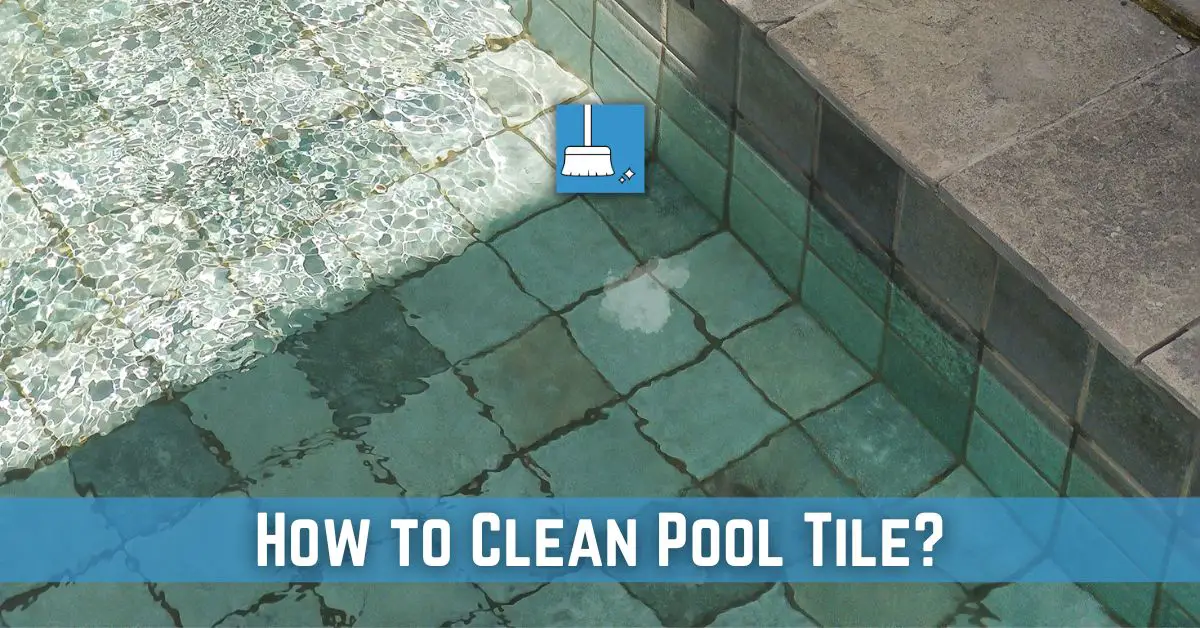
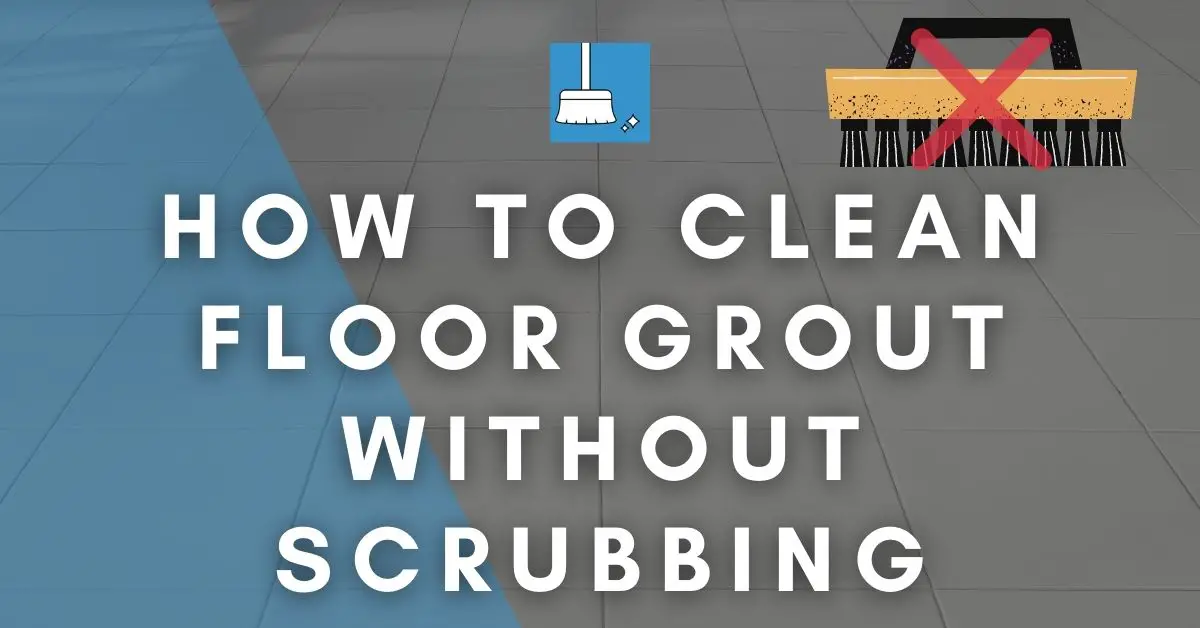
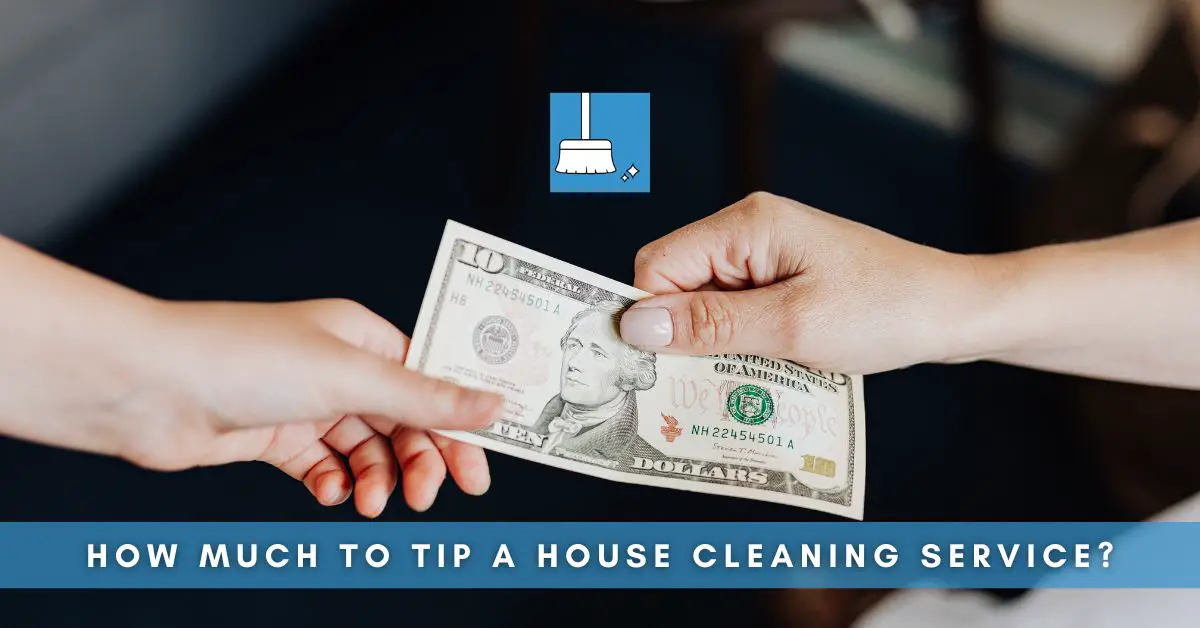
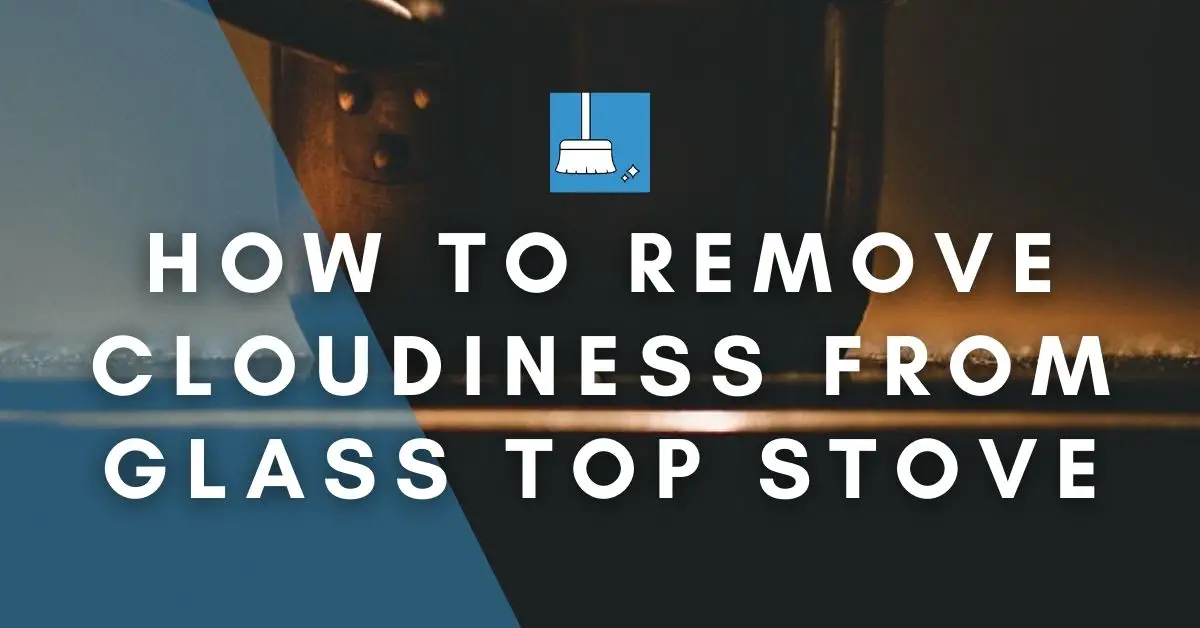
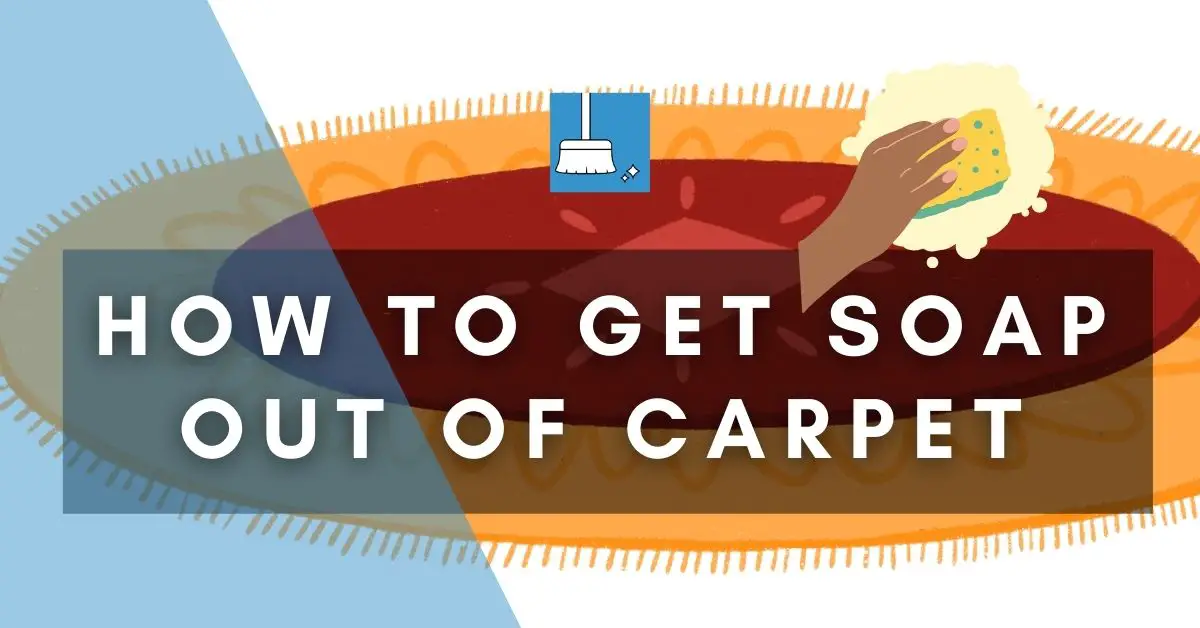
Pingback: Can I Use A Shop Vac To Clean My Pool? (Here's How!) »
Pingback: 4 Methods | How To Clean A Plastic Pool Ladder Or Steps